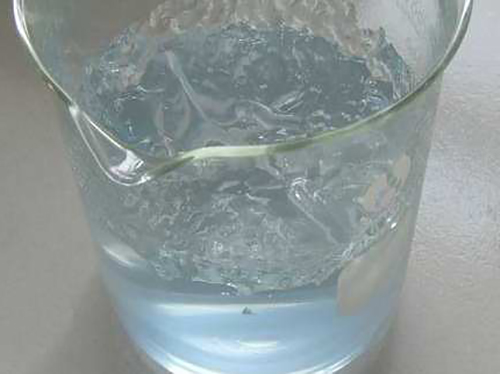Exploring the Role of Coagulants and Flocculants in Water Treatment Processes
Understanding Coagulants and Flocculants in Water Treatment
Water treatment is a critical process that plays a vital role in ensuring that our drinking water is safe and clean. Among the various methods employed in this process, the use of coagulants and flocculants stands out as one of the most effective ways to remove suspended solids, organic matter, and other contaminants.
Understanding Coagulants and Flocculants in Water Treatment
Once the coagulants have been added and the particles begin to clump together, flocculants come into play. Flocculants are long-chain polymers that further facilitate the agglomeration of these particles into even larger flocs. By promoting the bridging of smaller flocs, flocculants enhance the settling process, making it easier to separate the solid material from the water. Common flocculants include polyacrylamide and natural substances like starch or chitosan.
coagulant flocculant

The combined use of coagulants and flocculants significantly improves the clarity and quality of water. This method is particularly advantageous in treating surface water that may contain various contaminants, including organic matter from vegetation, silt, and other particulate matter. The effectiveness of this treatment process is influenced by factors such as pH, temperature, and the concentration of pollutants present in the water.
In addition to their roles in traditional water treatment, coagulants and flocculants find applications in various industries, including paper manufacturing, mining, and wastewater treatment. Their ability to manage solid-liquid separation processes efficiently makes them indispensable in these fields.
Sustainability is becoming increasingly important in the use of coagulants and flocculants. Researchers are exploring environmentally friendly alternatives, such as bio-based coagulants derived from natural sources. The goal is to reduce the reliance on synthetic chemicals and minimize the environmental impact of water treatment processes.
In conclusion, coagulants and flocculants are vital components in the water treatment process, playing a crucial role in purifying water and ensuring its safety for consumption. Their ability to enhance the removal of contaminants makes them indispensable in various applications. As we move towards a more sustainable future, the focus on environmentally friendly alternatives will likely shape the next generation of water treatment technologies.
-
The Ultimate Guide to Flocculants: Transforming Water TreatmentNewsNov.01,2024
-
Improve Your Water Treatment Solutions with PolyacrylamideNewsNov.01,2024
-
Enhance Your Water TreatmentNewsNov.01,2024
-
Empower You to Achieve the Highest Standards of Water QualityNewsNov.01,2024
-
Effective Scale InhibitorsNewsNov.01,2024
-
Discover the Power of Poly Aluminum Chloride in Water TreatmentNewsNov.01,2024





